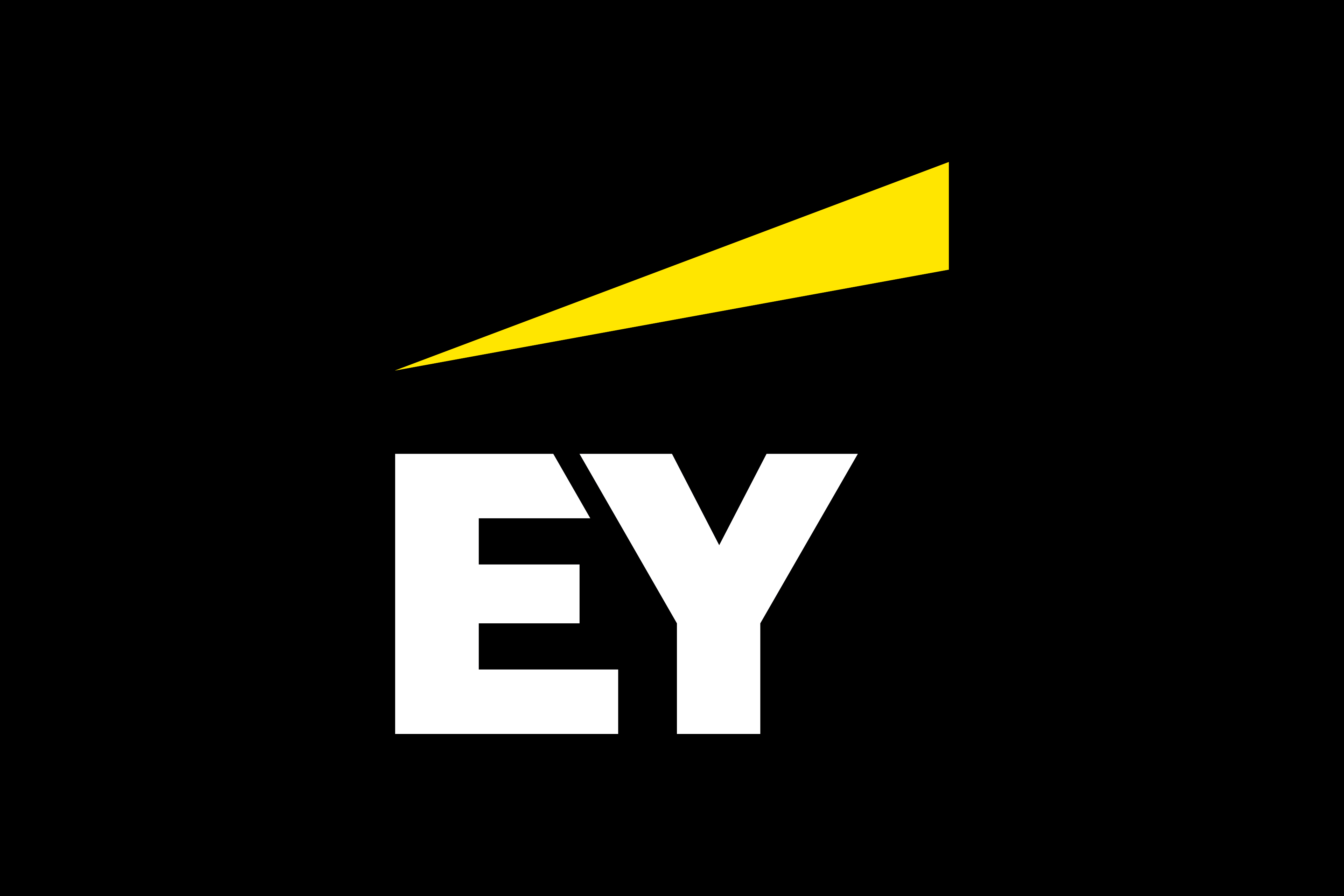EY refers to the global organization, and may refer to one or more, of the member firms of Ernst & Young Global Limited, each of which is a separate legal entity. Ernst & Young Global Limited, a UK company limited by guarantee, does not provide services to clients.

While the efforts of Government and business towards reducing Ireland’s carbon emissions are becoming more visible, more is needed to empower consumers to make changes in favour of carbon reduction. Carbon labelling could be the answer.
In brief:
- Ireland’s Climate Action Plan outlines a national target of 51% reduction in greenhouse gas emissions by 2030.
- 80% of consumers believe that brands must be transparent about their environmental impact.
- The Carbon Footprint Labelling Bill seeks to give consumers in Ireland greater information on the environmental impact of goods they purchase.
Ireland’s Climate Action Plan released in October 2021 outlines a national target of 51% reduction in greenhouse gas emissions by 2030. This is a staggering target to be achieved in just eight years. Success will be driven by the efforts of Government, businesses and citizens.
While the efforts of Government and business are becoming more visible, we are yet to see the scale of change we need from consumers to make a fundamental impact on Ireland’s carbon emissions. Today, consumers around the world still have low visibility on the carbon impact of the products and services they buy. Carbon labelling and disclosures are happening only in pockets of the consumer landscape. Carbon transparency needs to go mainstream to enable consumers to make sustainable choices at point of purchase.
Let’s look back 25 years. A milestone event occurred that would drastically change consumer buying patterns – the introduction of nutritional information on food products. Imagine a scenario where all consumables in-store and online have a standard carbon rating. Hopefully that will become a reality in Ireland in the not-too-distant future, with carbon transparency and carbon labelling enabling consumers to assess the carbon impact of products and services and empowering them to turn the dial on climate action through their purchasing power.
In November 2021, the Carbon Footprint Labelling Bill was introduced under the remit of the National Standards Authority of Ireland (NSAI), seeking to give consumers in Ireland greater information on the environmental impact of goods they purchase. The bill process is due to commence in November 2022 (at the earliest) to allow for regulatory impact assessment to be completed and similar legislative proposals are currently under development in Europe. This bill could be pivotal in the country’s decarbonisation journey and it should be prioritised and actioned as quickly as possible.
This kind of transparency is not only good for the planet, it’s good for business, too. The EY Future Consumer Index indicates that 60% of consumers are more likely to buy from companies that are transparent in all that they do and 25% would pay a premium for more sustainable products.
In the financial services sector, carbon impact tracing technology has been developed and rolled out by some niche banks. Banks in mainland Europe have already deployed consumer-integrated sustainability apps that deliver a carbon impact for every financial shopping transaction their customers make across grocery, flights, fuel, etc., including in-app behavioural prompts to embed sustainable spending.
While there are some consumers engaging in sustainably-focused behaviours like understanding the provenance of the food they purchase, it isn’t something that’s happening in the mainstream. In addition, sustainably minded consumers must do the heavy lifting themselves by digging into a company’s sustainability credentials. Top level indicators might include, whether the company:
- Has a Science-Based Target: A greenhouse gas reduction target that is aligned with the Paris Agreement to keep global warming below 1.5 (search here);
- Discloses its sustainability credentials to internationally recognised sustainability frameworks;
- Has an active sustainability programme with a sustainability senior lead, annual sustainability reporting and visible planet and people initiatives.
For time-sensitive consumers however this kind of sustainability ‘due-diligence’ is simply not realistic. Carbon transparency as a sector-standard is certainly preferable and we need it as soon as possible.
Summary
Carbon labelling has the potential to transform consumer attitudes and behaviour towards carbon reduction.



